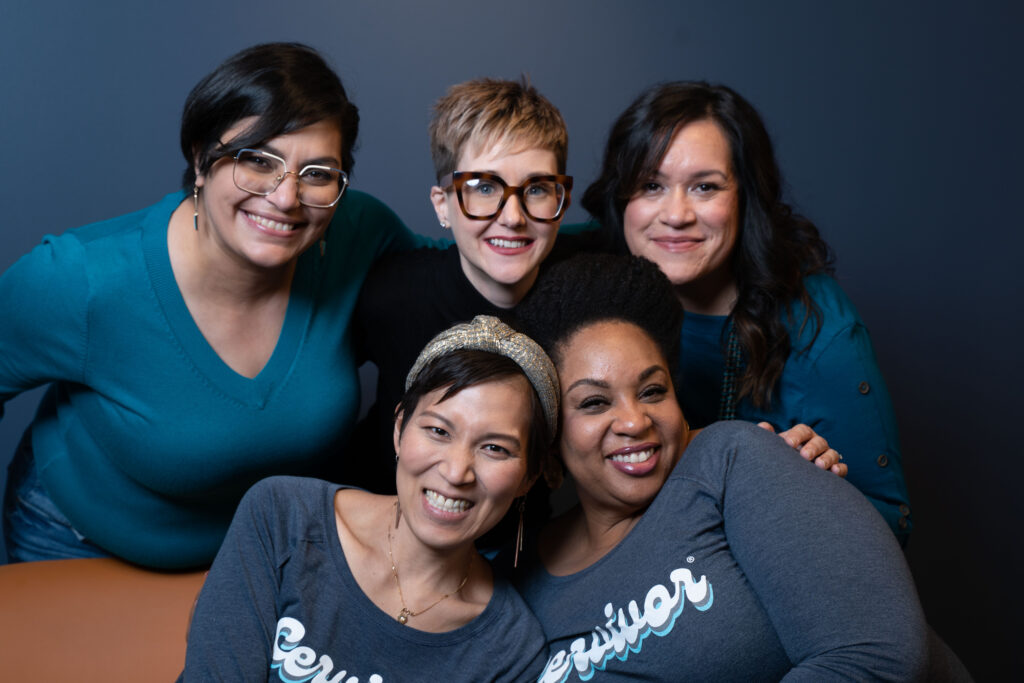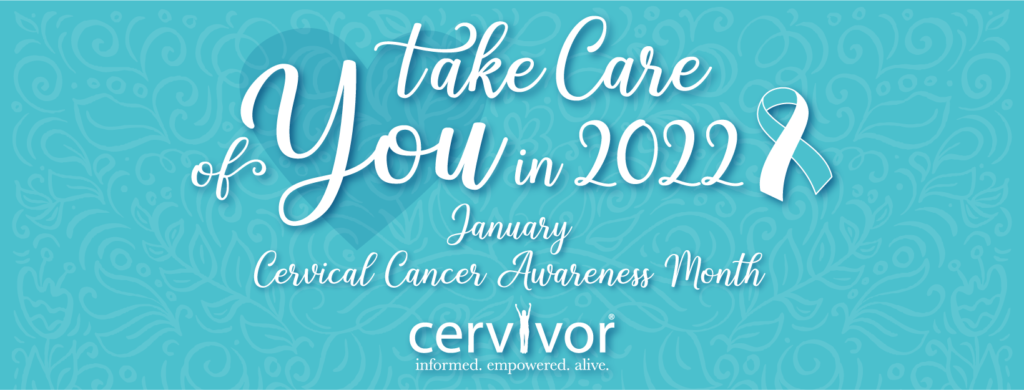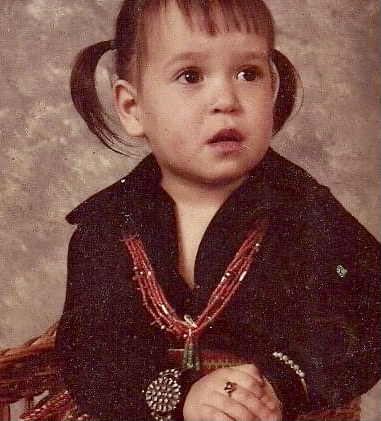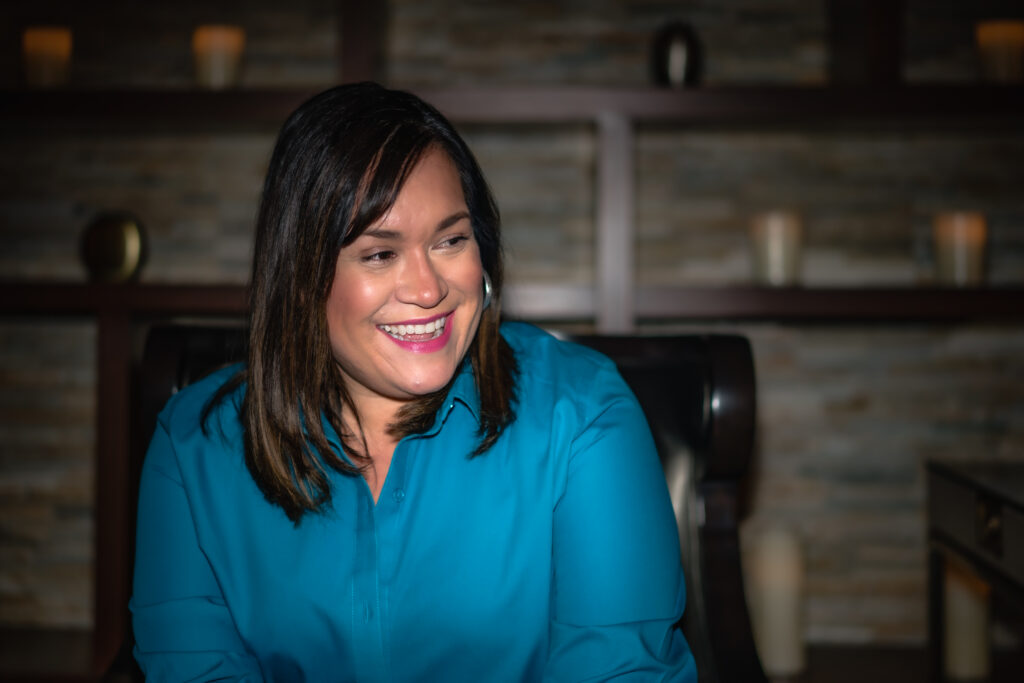Every January, our community commits to bringing their global voices together in unison to talk about and bring awareness to cervical cancer and what it means to be a Cervivor.
It’s Cervical Cancer Awareness Month or CCAM for short. The CCAM Planning Committee for 2022 has once again been hard at work developing a campaign that will educate, uplift and inspire many to lend their voice to our mission of ending cervical cancer.

This year is all about Taking Care of You in 2022 and we’ve packed so much into our teal & white month. We’ll touch on topics like our mental health, empowering your patient advocacy voice, cancer disparities, expert speakers in various medical and wellness fields and lots more.
Some reasons why our work is so important.
- In 2018, an estimated 570,000 people globally were diagnosed with cervical cancer and about 311,000 died from this disease.
- The U.S. states with the highest rates of new cervical cancer cases are Arkansas, Delaware, Kansas, Kentucky, Louisiana, Mississippi, New Mexico, Tennessee, Texas and Wyoming.
- Latina/Latinx populations have the highest incidence rates of cervical cancer.
Our mission is to make sure that this month becomes the impetus for conversations about cervical cancer screenings, prevention and taking care of survivors, thrivers and those facing a cervical cancer diagnosis.
This movement needs you!
- Share your cervical cancer story with Cervivor because someone out there needs to hear your story.
- Be engaged on Cervivor’s social media channels. Share, react and comment on our content on Facebook, Instagram, Twitter, TikTok and Pinterest. Don’t forget to share, share and share some more!
- Join our social media chats, Zoom events and online gatherings! There will be opportunities to connect and share!
Lastly, make a promise to yourself to actively elevate the level of awareness of cervical cancer by not being quiet or sitting on the sidelines this month. This is your opportunity to be the light, to be the educated voice to carry Cervivor’s message of ending this disease that takes far too much from us.

There may still be a global pandemic and since cervical cancer doesn’t stop, neither will we. Join us and take care of YOU in 2022!



